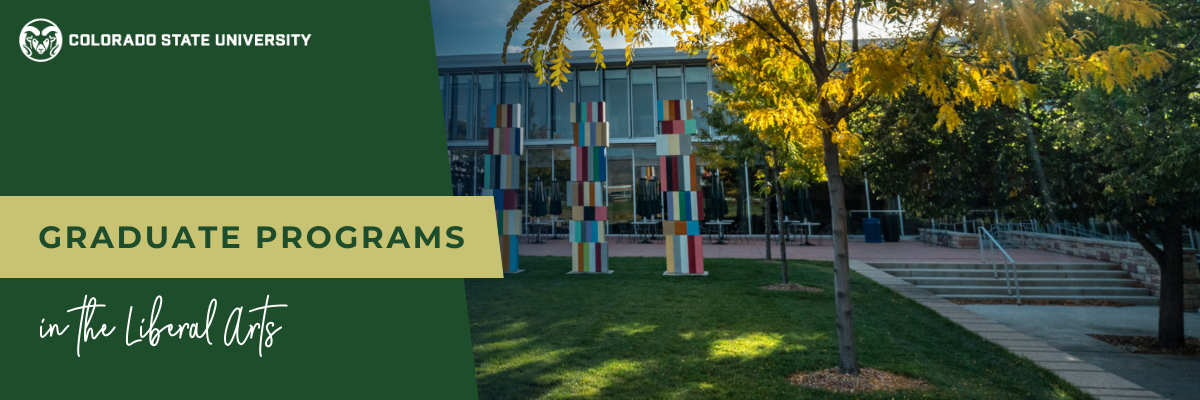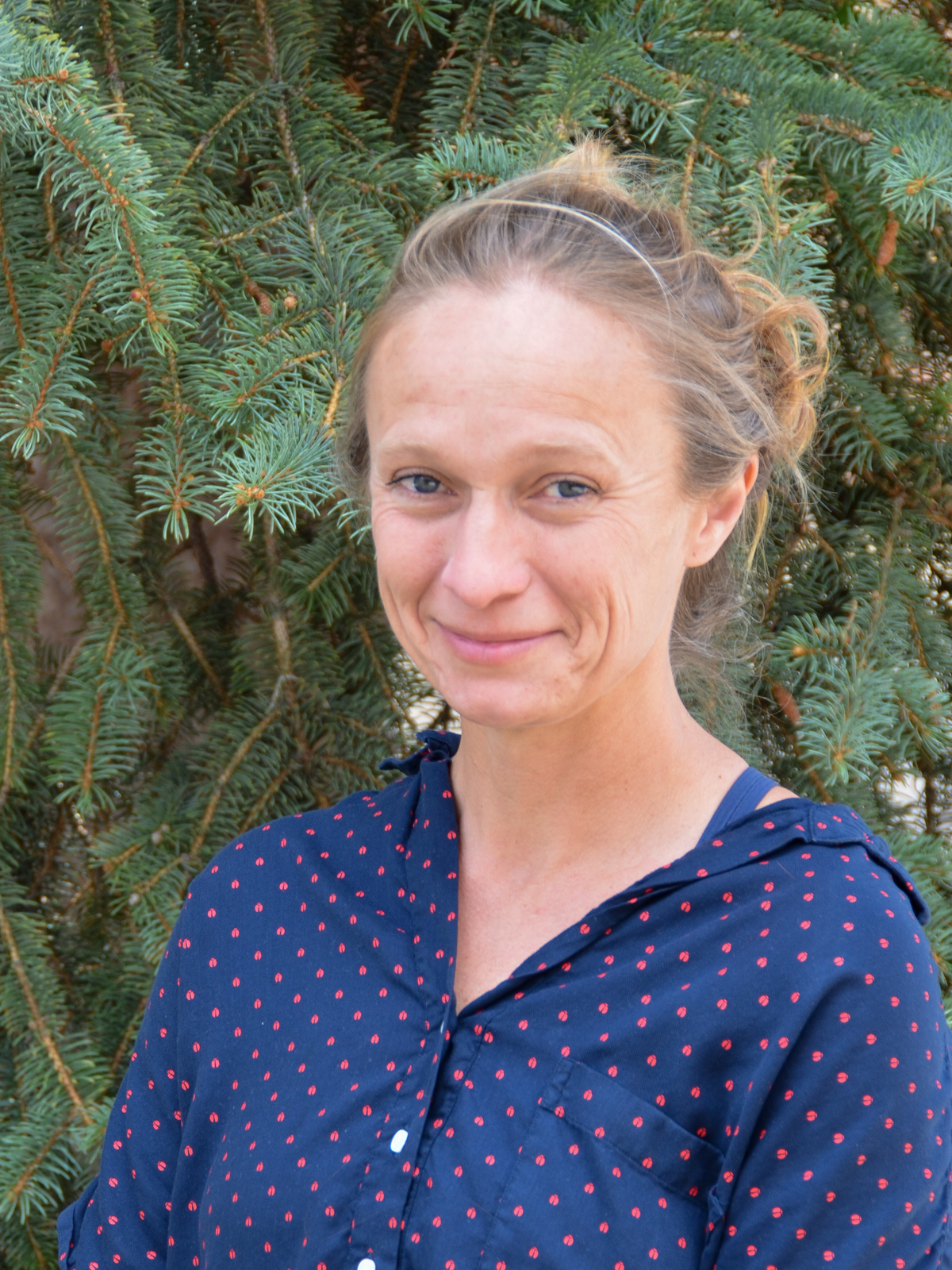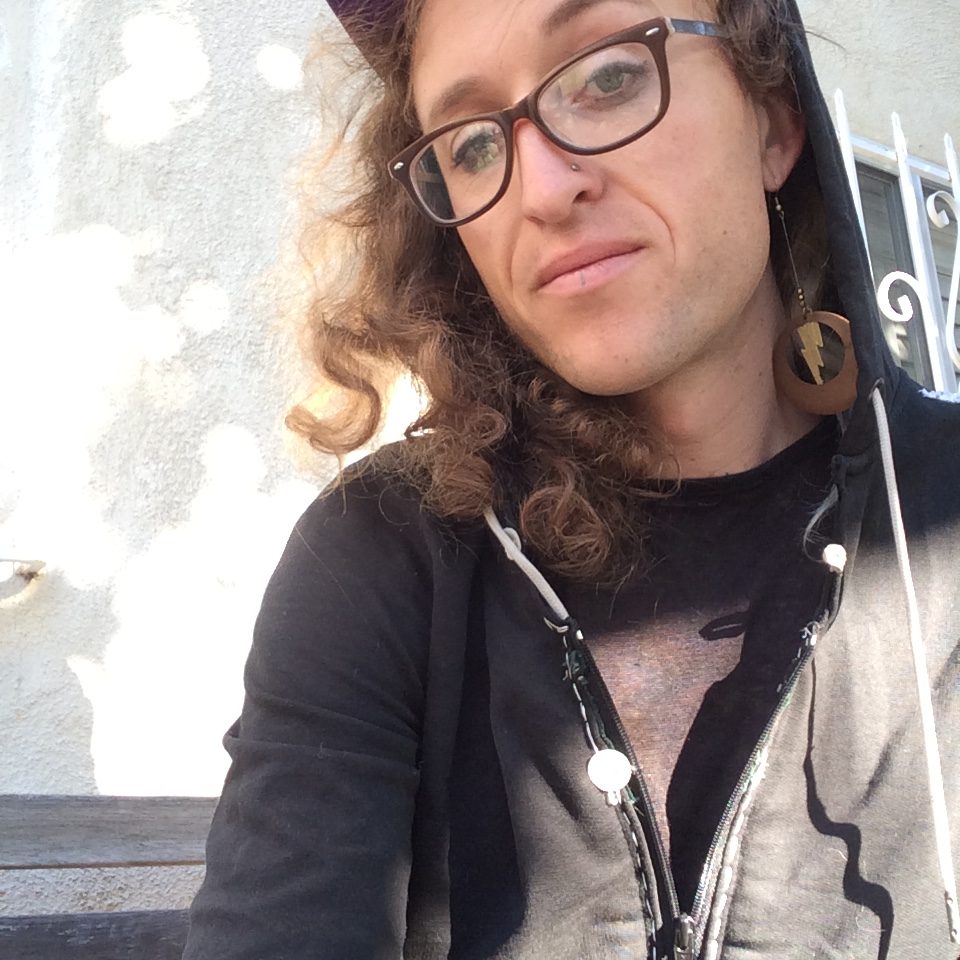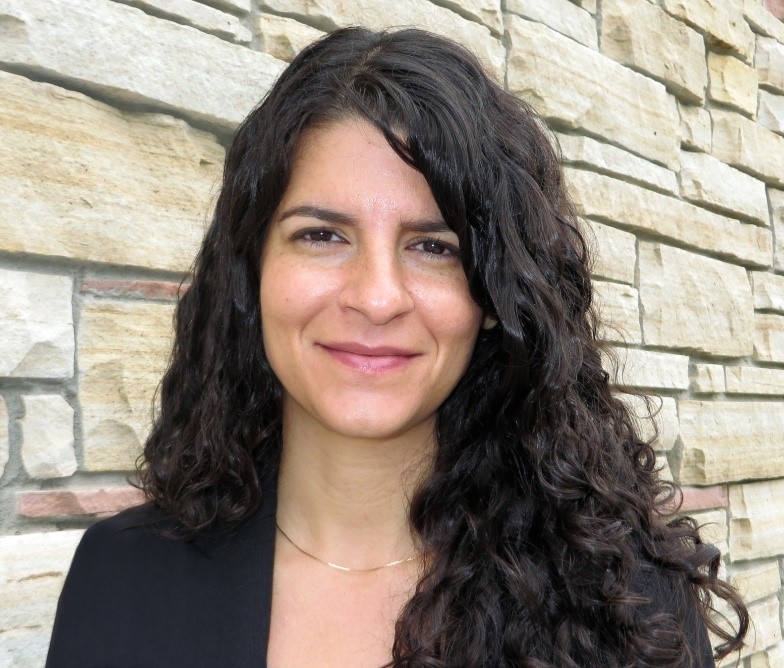
By Zach Hutchins, Ph.D.
Ten years ago, when the Department of English set out to reimagine its role as a hub for conversations transcending the limits of traditional academic fields, chair Louann Reid challenged faculty members to draw their interdisciplinary interests into the classroom. At that point, the department offered only one graduate class that might have been regarded as an interdisciplinary offering.
Today, the faculty’s commitment to field-bridging pedagogy has led to a robust slate of interdisciplinary graduate classes that bridge scientific and humanistic modes of inquiry, like “Donna Haraway and Re-storying the Anthropocene,” taught by Erika Szymanski, and “Deep Time: Narrating the Distant Past and Future,” offered by Lynn Badia. Recent graduates and current students agree that these and similar courses have helped them develop new skills and perspectives on the need for interdisciplinary approaches to the twenty-first century’s most pressing problems.
For Marie Turner, a recent MFA graduate in creative nonfiction, thinking about English and science at the same time helped her “feel more attuned to (and able to sit with) the problematics of seeking reductionist solutions in complex systems.”
cookie egret, a recent graduate of the department’s MA program in Writing, Rhetoric, and Social Change, expresses a similarly enlarged capacity to recognize and articulate the complexity of problems such as environmental racism. egret notes, “Issues that have long stumped specialists might have novel solutions when seen from an outside perspective. Like how some governmental departments responsible for land management are reaching out to Native stewards and leaders to learn from and listen to ways of knowing that were historically (and still are contemporarily) harmed by settler-colonial (Western science-based) logics and relations, but have sustained biodiverse ecologies for centuries. Working across difference and in interdisciplinary formations (temporary or more fixed) can help address large-scale issues as well as help individuals learn to think and listen outside the confines of their specific disciplines.”


The interdisciplinary focus of new graduate courses in the department has helped students develop a greater appreciation for the role that language plays in scientific inquiry. Turner has come to see science as “an art form that relies heavily on language to shape what it understands,” while her study of English has been “enriched by some of the more granular understandings which science generates.” As “science writers and scientists engage in creative use of language to achieve a specific purpose,” egret writes, the impact of their scientific insight is magnified “beyond what they can readily imagine. . . . It’s this type of writing that inspires new generations of scientists to address the exigent issues we’re all facing now.”
Both egret, who has returned to teach at CSU, and Turner, whose current project is an essay linking the physics of heat dissipation in physical systems to the dissipation of anger in social systems, have seen their own ability to communicate strengthened through this interdisciplinary course of study.
“Science writers and scientists engage in creative use of language to achieve a specific purpose… It’s this type of writing that inspires new generations of scientists to address the exigent issues we’re all facing now.” — cookie egret
In addition to skill development, students in these field-bridging classes have seen their perceptions of the world shift and broaden. Megan Lear, a current MFA student, believes that through these interdisciplinary experiences “I’ve become a better human, too. [These] courses have forever remolded the way that I approach my creative work, the way I think about the earth and its ‘others,’ and especially the way I hold my self response-able.”


Faculty, for their part, have similarly been impacted by the opportunity to work with these remarkable students at intersections of the sciences and humanities. Badia has found that “today’s environmental and technological challenges require new forms of collaboration across disciplines. An exciting aspect of these courses is that they can be a forum to invite students in to be active contributors in this changing landscape, and that benefits everyone.”
Graduate work in English has always required students to stretch themselves, through research and artistic expression that demands a deeper engagement with the transformative potential of language. But today, thanks to an increased emphasis on interdisciplinary study, students and faculty alike have found themselves stretched in new dimensions, as they develop the capacity to intervene in climatological problems and interspecies engagements that might once have seemed beyond the disciplinary boundaries of English studies.
The Department of English offers four 2-year MAs and a 3-year creative writing MFA. Learn more about these programs on the department’s website.